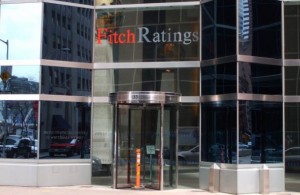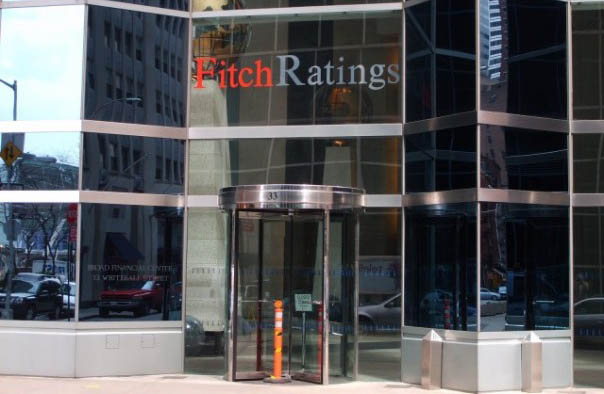 Fitch Ratings says in a new report that the Rating Outlook for the Indian real estate sector continues to be Negative for H212, due to persistent sluggish demand, high construction costs and liquidity pressures.
Fitch Ratings says in a new report that the Rating Outlook for the Indian real estate sector continues to be Negative for H212, due to persistent sluggish demand, high construction costs and liquidity pressures.
Given Reserve Bank of India’s caution on interest rate cuts, high equated monthly instalments (EMIs) will continue to be a deterrent for potential home buyers. This, together with high property prices and elevated inflation will keep demand sluggish.
However, y-o-y growth of home loans by banks – which had been slowing for the 12 months to April 2012 – picked up markedly in May and June 2012, and if continued may help spur the sector.
Slowdown in the economy and subdued job growth in the IT sector, which was at its lowest quarterly level in Q212, will hold back demand for commercial and retail properties.
Real estate companies will continue to face margin compression from high construction costs for both building materials and labour. From December 2011 to April 2012 the price of steel increased 13% and that of cement by 12%. Notwithstanding the trend of deleveraging since Q311, slowing demand, high costs and thus declining profits will keep leverage high for most real estate companies.
Reliance of real estate companies on operating cash flow will assume significance in the near term as available funding options remain limited. Growth of bank lending to the commercial real estate sector was low at 1.5% y-o-y in June 2012. Except for some pick-up in private equity, other funding options are restricted. As a result, companies that derive significant revenue from lease rentals will have a more stable credit profile compared with their counterparts whose business model is based on outright sale.





